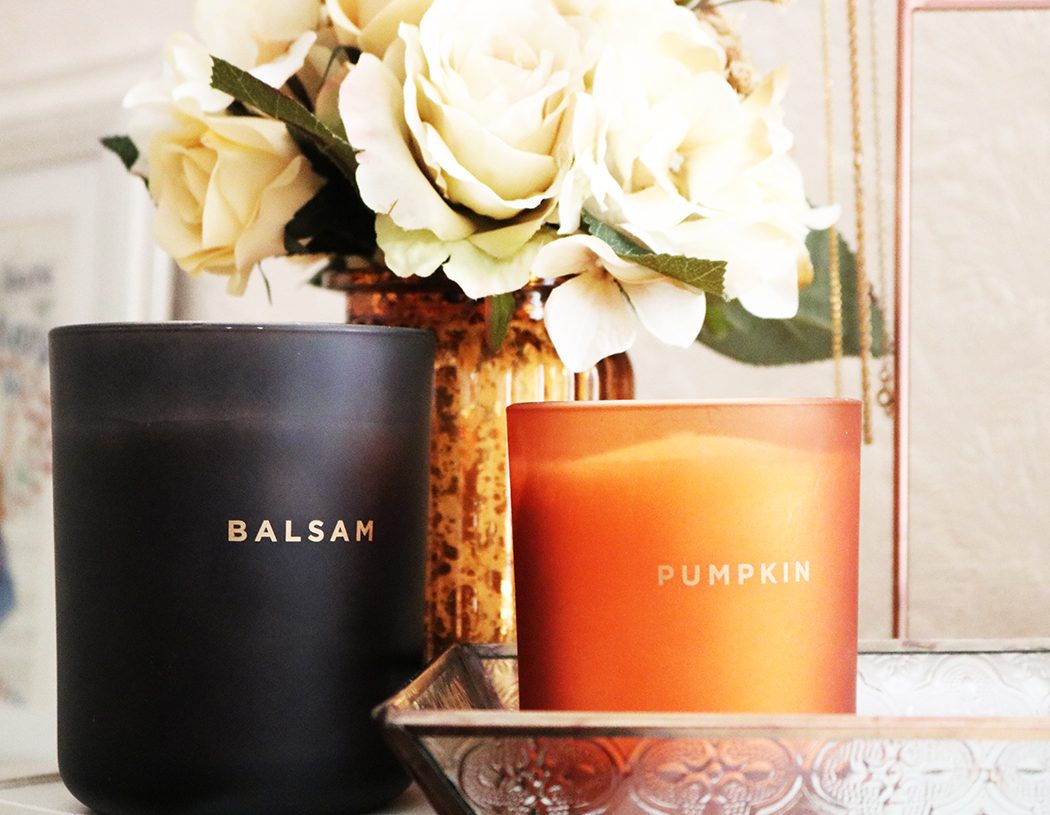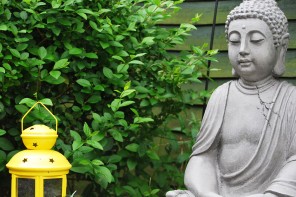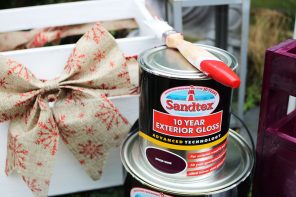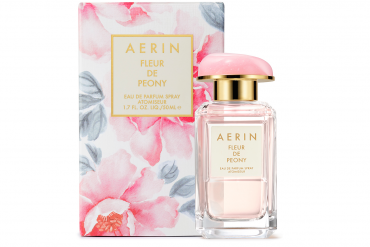Jason Orme, spokesperson for The London Homebuilding & Renovating Show (21-23 September, ExCeL, London, www.homebuildingshow.co.uk/london), looks into how social and economic trends are affecting the way people use and design their homes.
Multi-generational living
30 years ago, it was very common for young people to finish university and leave their parents’ house and move into their own home. Now, we’re seeing that fewer and fewer under 30-year olds are leaving home at an earlier age and are increasingly living with parents until they can afford to move out. This means that the size of families is growing and more space is needed. Even the ‘squeezed middle’ (40s to 60s) are finding that they’re also caring for elderly parents or relatives and have to share their living space with them.
Rural vs urban living
In terms of maximising space, in the rural areas you can opt for barn conversions and in the urban environment, for loft conversions and extensions. If you can’t create extra space, you’ll have to look at remodelling the existing areas. This usually involves creating internal self-contained apartments with independent suite facilities such as bathrooms, bedrooms, living areas and ideally kitchen areas, even though this requires homes to be bigger.
So, what we often see is houses being extended to fit these requirements, or movement away from urban areas where houses tend to be smaller and into rural areas such as villages to find larger properties. It makes great sense to combine the wealth of two or three generations to be able to afford a bigger house and maximise the return of all the homeowners.
The power of broadband
Until 10 years ago homes were the most poorly connected part of our lives compared to our phones and cars. Homes were very manual and in need of much intervention until the ‘wireless’ boom about five years ago. Even though there’s still some way to go until full connectivity, the advent of technologies like Alexa and wireless security cameras shows a noteworthy progress for people. The idea that now you can keep an eye on your dog at home when you’re at work or abroad for an extra £100 is extraordinary and almost unheard of a decade or two ago. All this is incredibly important to people and illustrates how houses have evolved into an essential part of their lives rather than just being a place where they lived.
This has led to home seekers asking questions like “how fast is the broadband?” rather then “how close are we to the nearest motorway?”. This again suggests that our homes have become considerably more a part of our day-to-day living.
Home working
There is an aspiration among people ideally to move away from smaller houses in cities which has given rise to the trend of ‘home working’.
The constant search for wellbeing and happiness has meant that many people now work from home. It is no longer acceptable for half of the kitchen table to be utilised when working from home like it used to be. Even a converted desk in a bedroom isn’t enough and people now desire a dedicated space in their home for working and using as an office. This is leading to an increasing number of people wanting to build home offices in their gardens or extending the house to add a suite with its own entrance to be able to entertain people in that separate space. All of this means that the home has evolved from being occupied in the evening until you leave for work in the morning and the weekends through to a multi-functional hub which all of your life is based around.
A more emotional investment
20 years ago was the start of the property ladder boom and it was a common idea that you could quickly renovate a house and move onto the next until you’ve built your way up. Even though it wasn’t the first time the property market flourished, it was a realisation that the Thatcherite ideal that houses could be built for substantial financial gain was possible and by investing in property you’re effectively boosting your way up the social ladder. Until the crash in 2008, a significant amount of people viewed property as a materialistic asset; just a part of their portfolio like an investment or pension. However after the crash, and right up until now, fewer people are investing in property as a “replacement for a pension”, as house prices are just not going up at the same rate as they were.
Areas like London and the South East, which traditionally dictate social policy, are witnessing a standstill in the property market and in some cases are falling in price, particularly in Central London. All of this is impacting on the way we view our houses, and probably for the better because people are beginning to realise that their homes are much more than just a financial asset or material possession and are a fundamental part of their lives. Ultimately, the investment people are making in their homes is still financial but it’s also much more emotionally important then it was before and renovations such as home offices and independent suites demonstrate this.
A reflection of self
One of the great problems that people have in their lives is a lack of control. Whether that’s not being able to control how quickly you arrive into work because of traffic or the insufficient control over politics, a big concern for individuals is not having this hold on their lives. Our homes are one of the things we can control and have complete ownership of and this has only been realised since the crash. The property market has drastically changed from even just 20 years ago because of all these demands which have made people increasingly more expectant to use their homes more.
Buffer zones
The best spaces are the ones which provide some cover and work like buffer zones. A great example is a veranda, which is more common among southern houses, where homeowners want to keep the sun out of the windows to prevent heat from going into the houses. There’s also the desire to have a shaded area where they can enjoy the garden without necessarily sitting out in the sun all the time. These buffer zones have now become very fashionable in modern houses where we see many flat roofs that sometimes project three or four metres over a patio area, which ultimately provides a space where you can sit in all weathers and enjoy the outdoors no matter what.




